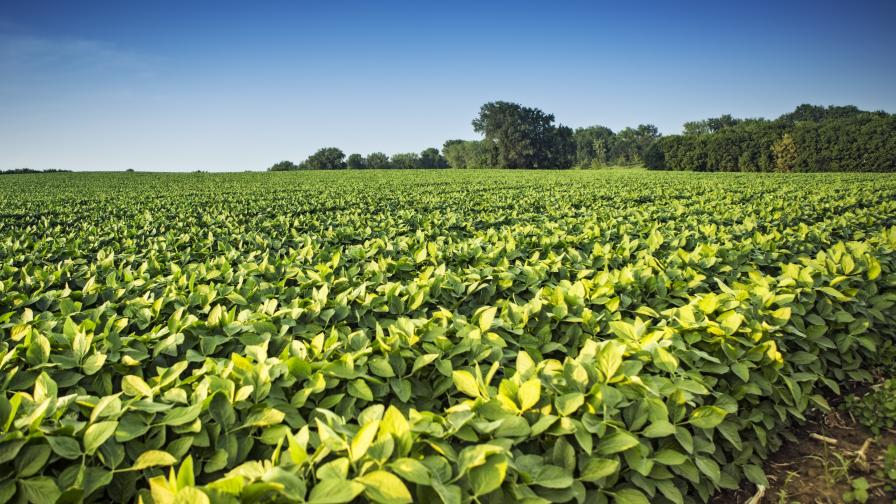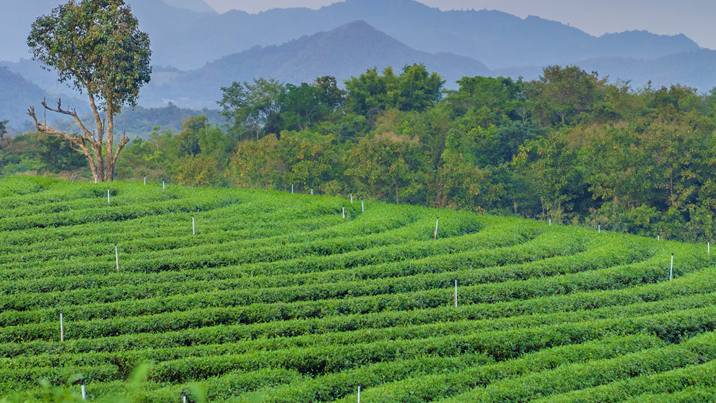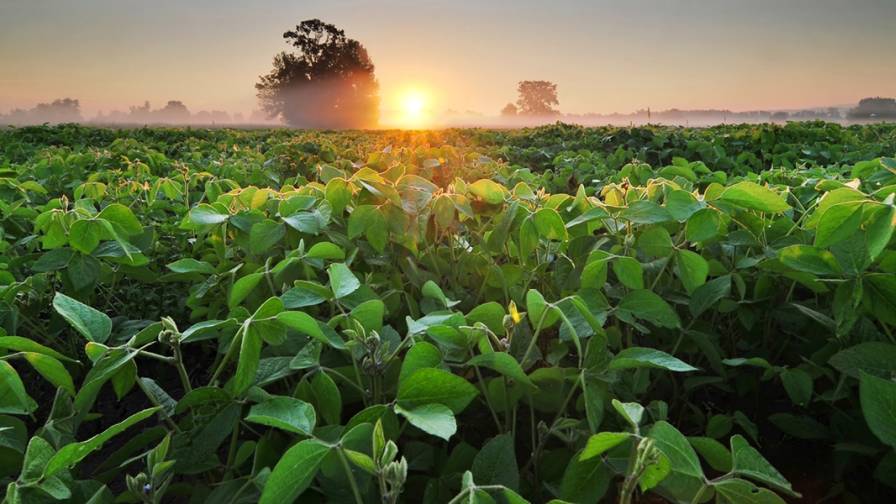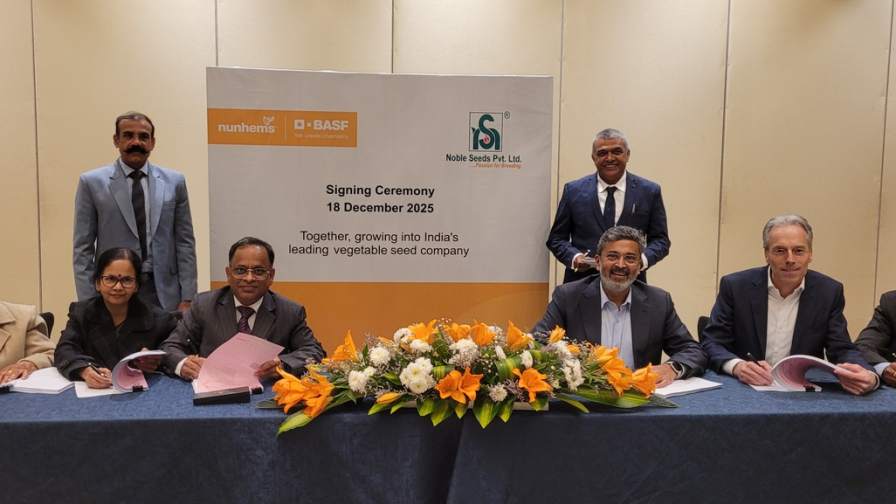The Crop Protection Product and Plant Health Markets of Italy and Spain

Spanish growers continue to learn about and incorporate biological products into their crop protection programs. At Fontestad S.A. in Valencia, owner Vicente Fontestad grows a variety of citrus over 900 hectares using both traditional and biological crop protection products.
The crop protection and biological products markets of Spain and Italy are critical to ensuring the rest of Europe has access to fresh fruits and vegetables, and the technology developed in those countries makes its way around the world.
“Spain is the biggest purveyor of fresh fruits in Europe. That is our opportunity, also our challenge,” says Adonay Obando, Director for Bayer CropScience S.L. “It’s where northern Europe gets it fresh produce, mostly. That’s where the challenges start. Northern Europe is by far the heaviest populated area in Europe and has some of the most heavily populated areas in the world.”

Adonay Obando, Director, Bayer Crop Science S.L.
For crop protection and biological product manufacturers, one of the challenges is offering a portfolio that accommodates the 60 main crops grown throughout the country on more than 900,000 agricultural holdings.
While traditional crop protection products comprise the bulk of crop inputs, like much of the rest of the world, Spain and Europe have seen a boom in interest in biological products.
Companies in Spain have heard and heeded the call of consumers and governments about the need for fruits and vegetables with fewer residues grown in more sustainable ways.
Spain has the highest consumption of agchem in the European Union, says David de Boet Perez-Portabella, Associate Director M&A for Dextra International.
“Our biggest challenge is keeping agriculture sustainable,” Obando says. “That’s where technology comes into play.”
The Changing Face of Farming in Spain
The growth and adoption in new technologies parallels, and is perhaps fueled by, a new generation of growers.
In 2008 an economic crisis affected every part of the globe, but in Spain it was very, very bad, Obando says. “A lot of young people who had left home found themselves without a job. Many came back to farming. Since jobs were not available, they became a part of the family business and, since they came from other fields, brought a new mentality.”
These new farmers were shucking many of the traditional means of farming in favor of a more entrepreneurial approach.
“They bring with them control, investment, and maximization mentality,” Obando says.
In addition to a new crop of growers changing the face of Spanish agriculture, several other factors are forcing farmers to consider the crops they’re growing. Changes to weather and competition in recent years have growers moving away from the citrus for which Spain is so well known. When inputs, labor, and other expenses are factored in, some growers would lose money if they harvested their crops.
Competition comes from northern Africa — Morocco, Tunisia, and other countries — which has less expensive labor costs. Spain has also suffered through one of the worst droughts in recent memory and changes to the climate, which have pushed back the ag cycle.
“Some growers in Spain are considering crops that are giving them more profitability,” says de Boet Perez-Portabella. “In Spain we have 12,000 (new) hectares of pistachio. There is a worldwide higher demand for pistachio.” Growers are also investing in almonds and berries to differentiate themselves from competitors and earn a higher price for their products.
Biological Products
The market has exploded, says Carlos Ledó Orriach, CEO and Director General of IDAI Nature. That growth includes both the adoption of products by farmers and the number of companies looking to provide solutions.
The approach to selling biological products — both control and biostimulant products — has changed. Many manufacturers and distributors are no longer looking to replace traditional agchem.
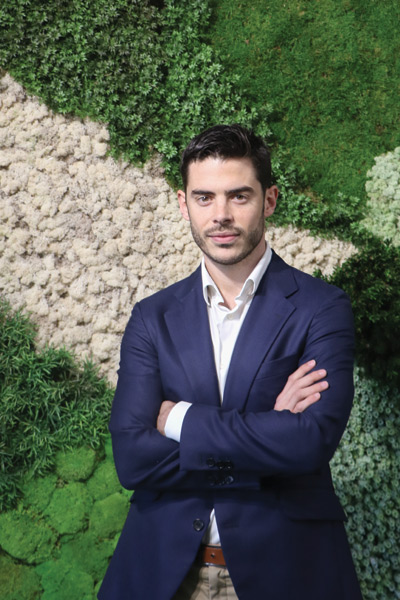
Germán Guillem Sánchez, Director Comercial for IDAI Nature.
One knock against biological products has always been the cost or at least the perception of cost. Many growers think the investment is too great for the promised return. To combat the perception, manufacturers are now selling biologicals as part of a complete management plan.
“Since we make it part of an integrated solution, we present a package, not a product,” Obando says.
Bayer has seen huge growth in its biological product business.
“Our biologicals business has grown more than 500% in 41/2 years, mostly biocontrols, mostly fungicides,” Obando says. “Our goal is to make biological products 10% of sales. Right now the goal is $20 million Euros.”
As the understanding and efficacy of biological products continues to improve, and as regulations continue to become more odious, the role of biological solutions will increase. “In 10 years agriculture will be 100% free of chemical residues,” says Germán Guillem Sánchez, Director Comercial for IDAI Nature.
But it will continue to take time to educate growers and distributors.
“It’s not just a product change, it’s a cultural change,” Guillem Sánchez, says. “We recommend the strategies in order to avoid the problems in the fields. In the end what they want is a good yield and conditions that allow them to reach a profitable market. “The important sale is the second one, not the first one. Somebody can try your product (once), but if they buy you a second time, it’s because he has seen the result of the treatment. Our strategy has been to recommend a protocol, not a product.”
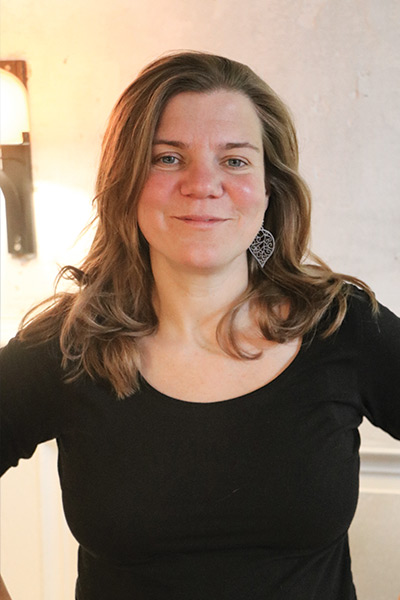
Isabel G. Troytiño Pérez, Communications Director, PR Manager, Futureco Bioscience
Of course, no matter how good a product is, it will only be used if growers think they can get a return on their investment. And because end users are willing to pay a premium for their produce, that ROI is key.
“The opportunity comes from the consumer looking for locally grown products,” says Isabel G. Troytiño Pérez, Director of Communications and Public Relations Manager for Futureco Bioscience. “Farmers are more aware (that consumers will buy) more expensive produce if they invest in products and can show it has been responsibly grown. It is becoming more common.”
Camille Bernal Fuster, Corporate Marketing Director for Symborg, agrees that education along the value chain is critical.
“It is very complicated to reach growers,” she says. “They don’t know (biological products), so they don’t demand them. We go into their fields and do trials. If they don’t see it in their fields, they will never buy it. We can show pictures, photos, and they see a big difference, but if they don’t see it in their fields, they won’t buy it. That’s why we need our own team. Distribution is very important for us. We need our team to go there, to do trials, to show them.”
Regulatory Concerns
Spanish manufacturers, like many parts of the world, are often frustrated by the regulations governments impose on them. Registering new products is costly and time-consuming.
New active ingredient registration in Spain takes about 60 months. In other EU countries that time frame can vary. Different registration processes can be frustrating and seem unnecessary to manufacturers.

Ana Vila Martinez, R&D Researcher, discusses Symborg’s mycorrhizal fungus, Glomus iranicum var. tenuihypharum. The company uses the fungus to develop biological solutions for growers, including seed inoculants.
“You should trust what other countries within the European Union are doing if they have the same rules. It is not a problem unique to Spain,” Obando says.
In Spain manufacturers must provide two efficacy trials on two different crops, says Jesús Martínez Ruiz, who leads the Regulatory Affairs team for Symborg. Companies must do an efficacy trial for each crop and one in each country in which they want to sell products.
“If you want to do the same microorganism and want to apply for cereal, you must carry out another efficacy trial in one of the cereals and (another crop) like citrus and grapes,” he says.
Precision Agriculture
Precision agriculture, like biological products, has a strong future in Spain and throughout the EU.
“It’s a must in Spain,” Obando says.
Precision agriculture is still in its infancy in Europe. Both companies and growers are slowly adopting various tools, such as drip irrigation and fertigation. Companies are investigating newer technologies.
“We are experimenting with satellite imagery, and we’re also experimenting with drones,” Obando says. Growers across Europe are also using apps that allow them to go into their fields and identify a weed simply by taking a picture of it. “We try to provide tools that simplify lives and maximize resources,” he adds.
Inside Italian Agriculture
It is difficult to oversell the importance of agriculture to not only the economy of Italy but also to the soul of the country.
“We call Italy the land of good food. The ag business is very much connected to the food industry for us,” says Riccardo Vanelli, Commercial Unit Head Italy for Syngenta Italia SpA. More than 40% of the country’s land is dedicated to farming some 100 crops.
To the north, growers raise corn, soybean, and rice, while the center (and some to the south) is filled with cereals — durum wheat, soft wheat, and barley. All over Italy there are specialty crops, especially grapes. The different terroir, different environment, creates needs for a variety of crop inputs.
“We have a lot of local/regional specialties,” Vanelli says.
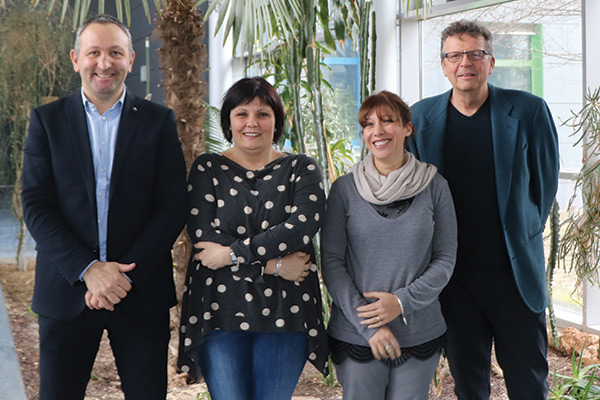
(l. to r.) Dr. Pietro Piffanelli, General Director, BioTechnologie BT, Stefania Morandi, Head of GLP Test Facility; Monica Colli, Head of Terrestrial Ecotox Unit; and Roberto Cimaschi, Business Development Manager.
With the Alps in the northern part of Italy, and the Apennine range running nearly the length of the country through the center, a smaller percentage of arable land exists for the country’s 1.6 million growers than another country of similar size. The average farm size is about eight hectares. “In Southern Europe we have large areas of intensive agriculture,” says Dr. Pietro Piffanelli, General Director of BioTecnologie BT. “We need to sustainably maximize the crop yield.”
Like Spain, Italy is seeing a transition from an older generation of growers. “New guys going into the business are coming out of agronomic schools and universities,” Vanelli says. “In addition, there have been a lot of new startups in terms of the technologies. This is bringing new life to Italian agriculture, even if it’s a process we would like to have a bit faster. A new wave, a new trend, is definitely in place.”
That’s not only happening on farms, it is happening in the crop inputs industry, too.
“Italy historically is a country with a lot of people founding companies,” says Marco Migliavacca, Business Unit Manager Agrochemicals and Veterinary, Life Science Division for Lamberti. “I’m seeing a lot of startups in agriculture around Europe.”
Because agricultural land in Italy is at such a premium, and the branding of Italian products is integral to the industry and identity of the country, manufacturers must ensure the products they offer not only improve the quantity of crops but also the quality.
“It’s a matter of exploiting the ‘Made in Italy’ brand that we promote all over the world,” Vanelli says. “What we would like to do with agriculture is raise the bar in terms of quality, with the right level of quantity in order to make sure we can provide (food) with our ‘Made in Italy’ brand around the world.”
Biological Products
The growth of biological products in Italy mirrors that of the rest of the world.
“Many companies are trying to tackle the market from different angles because some of them are pushing for foliar application, some soil application, and others for directly on seeds,” says Federico De Pellegrini, Technical Manager, Life Science Division for Lamberti SpA. “Depending on the company, you may have different strategies to deliver crop nutrition and biostimulants.”
No matter the solution these companies offer, education is key for both growers and the agencies that regulate products.
“The European biological market is rapidly evolving,” Piffanelli says. “Currently, beneficial microorganisms and biostimulants are often registered as fertilizers. However, a new set of guidelines is presently under review, and we should soon expect new specific rules to register these products.”
At the EU level the registration process for biopesticides is aligned to that of traditional pesticides. The rapidly emerging biopesticides market is highly dynamic, with a multitude of startups proposing highly innovative solutions.
“Hopefully a new generation of biological products will successfully find the market path,” Piffanelli says. “Biotecnologie BT focuses on providing the most suitable regulatory tests to successfully register innovative biopesticides and biostimulants providing our contribution to enhance the environmental sustainability of intensive agriculture at EU level.”
Precision Agriculture
It doesn’t matter what a company does, it seems everyone expects precision agriculture to become the standard approach to farming. The key is figuring out what that means for the various members of the agriculture supply chain.
The belief in precision agriculture is so strong that the Italian government has gotten behind the Agriculture 4.0 movement — the digitization of agriculture by providing subsidies and funds to expand digital farming. The goal is to have 10% of Italian farmers using digital tools.
“We believe it will grow because it’s one of the main topics around the world, across every industry, when we were talking about global trends of industry performance,” Migliavacca says. “Industry performance is making more with less. One of the problems with crop nutrition is fertilizer is lost through leaching, which also creates other problems — pollution and so on. In the future there will be more focus on delivering what is needed, where it is needed.”
Syngenta, too, has embraced the movement. “We have contacts with machinery companies that are investing a lot in precision agriculture,” Vanelli says. “It’s already there, (but) it’s not 100% among growers. That’s why they need to have the right introductions, the right support. They need to see the value and return on investment. It’s coming.”
Syngenta is working with universities and other partners experimenting with sensors, drones, and satellite imaging to figure out an appropriate strategy as part of a total solution to offer customers.
“It’s not a matter of if; it’s a matter of when. It’s a long wave, and it is coming,” Vanelli says. “It will become the standard. We need to be with them. As an input provider, we need to develop solutions along with the technology companies to make sure that technology and our offerings can talk to each other and provide the best solution to the grower.”

